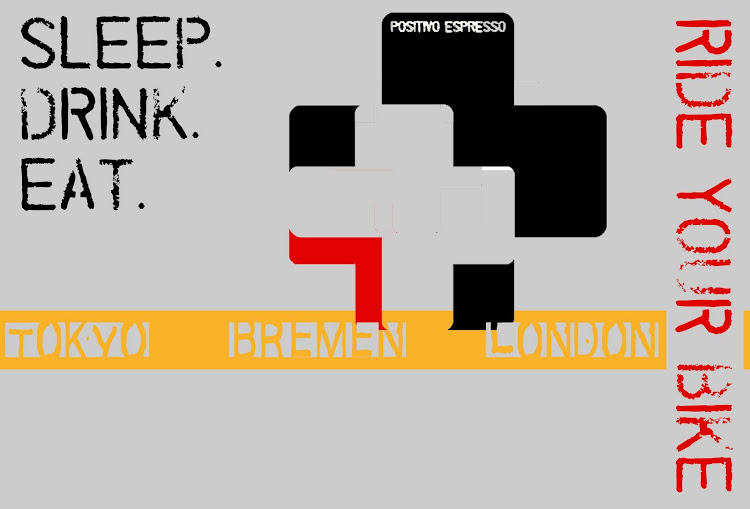 |
| New rims, new decals! |
On my ill-fated September ride along the Mikabo Super Rindo in SW Gunma (where I broke my collarbone after hitting a rock high on the ridge, early in the 800+ meter elevation descent toward Uenohara and Route 299), I ended up riding down the rest of the hill without realizing that my right front brake pad had worn away entirely and the metal brake shoe was pressing against the rim. I heard the noise, but in the aftermath of the injury, in dark, and rain, I did not process what was causing it, nor that I could have so easily resolved it. Heck, I had even brought spare brake pads ... but did not use them.
 |
| The damaged braking surface ... |
 |
| The truing stand |
Anyway, even the braking surface of the carbon Imezi 167 deep rim wheel could not withstand that long a descent with scraping metal. It is no longer functional -- peaks, valleys, warped sections -- nothing like it should be. I contacted Imezi (Andrew) and they offered to sell me a crash-replacement. I told them that I only needed the rim, and could build it up myself. No problems. They immediately shipped me a replacement rim, for half price (¥15,000 plus tax). Great service.
 |
| Measuring and then adjusting to even spoke tension is a long-standing, trouble-free wheel |
The last wheel I rebuilt was in March 2019 upon return from Tasmania. An H Plus Son aluminum clincher rim had finally worn out after years of service, on a wheel I had originally built. The Imezi rebuild was, for me, a rare opportunity to assemble a wheel with "straight pull" rather than "J" spokes, in a "radial" rather than "3-cross" pattern. The hub, spokes, and even spoke nipples, were all still fine, lots of life left in them, so I just stripped off the rim tape then carefully removed the spoke nipples from the old rim, then laced, trued, and tensioned the new one.
These deep carbon rims are far stiffer than an aluminum rim. But it still requires care to make sure the wheel is truly round, centered left/right, and that the spoke tensions are uniform. Anyway, my wheel skills came back quickly, and now I have a "like new" wheel.
If only my collarbone would heal as fast as the rim can be replaced! I should be back in the saddle next month ... but for now my only rides are on the trainer!











